Many remember Beetlejuice as a light-hearted blend of macabre and slapstick, but the real story behind Beetlejuice points to a potentially darker what-if. The classic ’80s movie is one of the most beloved Tim Burton films and laid the foundation for generations of genre filmmaking. It’s likely that without Beetlejuice, there would be no Nightmare Before Christmas and the path of the Batman franchise could have been completely different.
As great as the movie turned out, it didn’t start out all wine and roses. The secrets of Beetlejuice expose a production that could have gone in any direction. It could have been a disaster, an even more intense spin on The Exorcist, or a subverted reinvention of the haunted house genre.
1. Alec Baldwin Said He Thought The Film Would End His Career
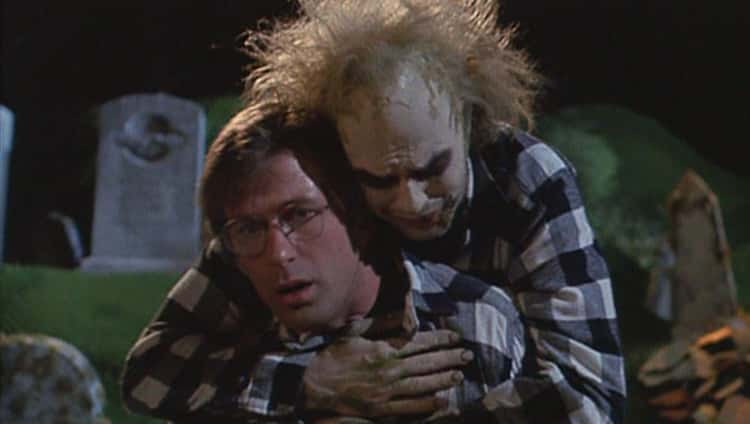
In an interview with GQ, Alec Baldwin, who plays Adam Maitland, revealed that he was not confident in the film’s story. He said, “I had no idea what [Beetlejuice] was about, I thought maybe all of our careers are going to end with the release of this film.” Thankfully, Burton’s confidence inspired the young actor who described Burton as a sort of “crazy professor.”
Further encouraging Baldwin, Beetlejuice himself, Michael Keaton, was like a “comedy Annie Oakley. He just was so self-assured. He just tore it up” which really amazed the inexperienced star. In fact, the line in which Keaton spits into his jacket and tells Maitland, “save that guy for later,” was completely improvised and had Baldwin cracking up.
2. The Original Script Was Super Violent
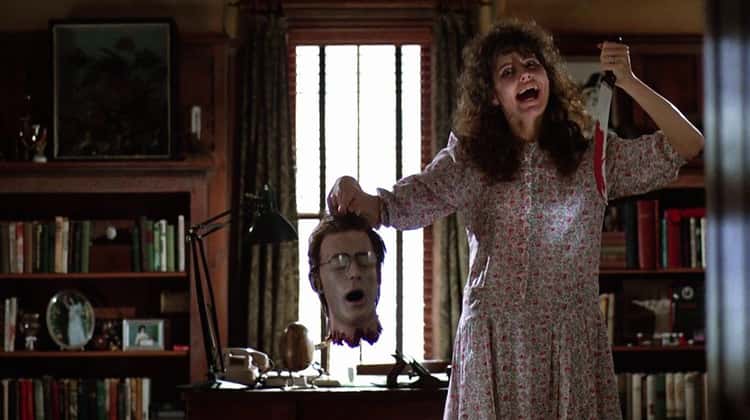
Fans of Beetlejuice know that despite the horror trappings of the film, it’s consistently fun. This wasn’t the case in earlier drafts of the script by Michael McDowell. The script was written as a straightforward horror film that had more in common with The Exorcist than it did with the fantastical world of Pee Wee Herman, but many of the elements that made it to the final film were still there.
McDowell’s early drafts saw Geena Davis and Alec Baldwin’s couple, the Maitlands, dying in a much more graphic way than they do in the film. Rather than trying to dodge a dog, the Maitlands are knocked off the road by a truckload of angry hunters and Barbara’s arm is crushed by a piece of wood. Fortunately for viewers, a few different writers were brought on board to turn this violent thriller into the film you know today.
3. The Ghost With The Most Could Have Had A Very Different Look
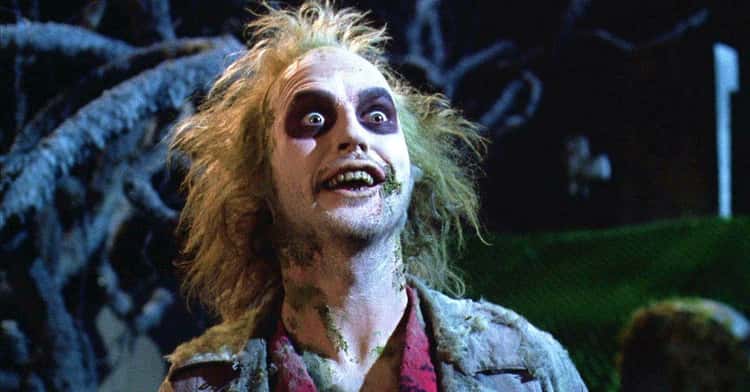
As Michael Keaton would later reveal, much of his look in Beetlejuice came from his work with Ve Neill, an Oscar-winning makeup artist who’s worked on Mrs. Doubtfire, Galaxy Quest, and more than 80 other projects. What was Betelgeuse originally supposed to look like? In the original version of the script, the character was depicted as a leather-winged demon that also took on the guise of a short Middle Eastern man in his human form.
Keaton told Rolling Stone that once they figured out his look, his approach to the character came together quickly:
I started thinkin’ about my hair: I wanted my hair to stand out like I was wired and plugged in, and once I started gettin’ that, I actually made myself laugh. And I thought, “Well, this is a good sign, this is kind of funny.” Then I got the attitude. And once I got the basic attitude, it really started to roll.
4. Lydia Was Going To Die In A Fire
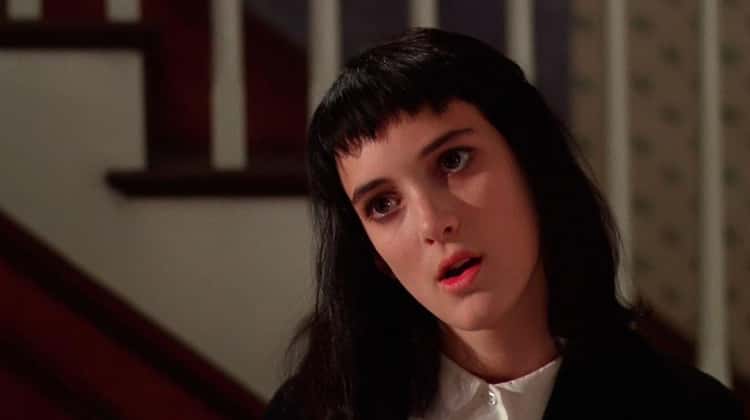
Beetlejuice almost had a very different conclusion. Throughout the film, Lydia Deetz contemplates suicide, and she even begs the Maitlands to help her become a ghost. Her entire character arc is that she’s suicidal and grows to realize that she wants to be alive. In one of the rewrites, Lydia actually got her wish.
Winona Ryder’s character was going to die in a fire and go on to the afterlife with Geena Davis and Alec Baldwin, but producers chose to go with a more upbeat ending.
5. Screenwriter Michael McDowell Wanted Betelgeuse To Be Much More Sinister
The film ends with Betelgeuse trying to wed Winona Ryder’s character, Lydia, in a demented marriage ceremony, but earlier drafts built to a rougher climax. Before Burton and Keaton turned the character into a darkly comic agent of chaos, the character was written as a bloodthirsty demon dead-set on murder and rape.
The movie would land a lot different if it ended in an attempted rape instead of a supernatural shotgun wedding.
6. Studio Executives Wanted To Call It ‘Scared Sheetless’
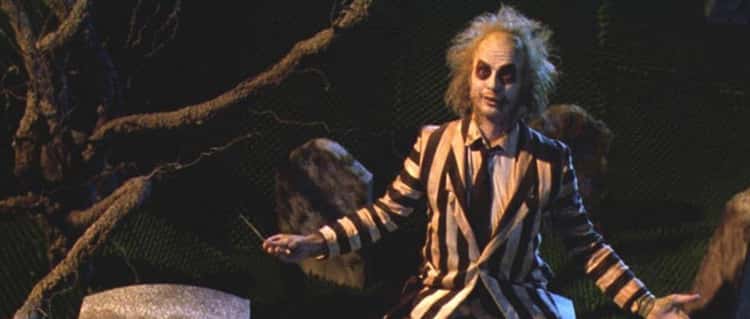
Decades after the breakout success of Beetlejuice, it seems silly to think that the movie would be called anything else. However, Warner Bros. had some concerns about the title during pre-production. Warner Bros. suggested calling the movie House Ghosts, which is so generic that it almost becomes funny.
Burton allegedly joked that they should call the movie Scared Sheetless, and when studio executives jumped at the idea, Burton had to draw a line in the sand and say that the title wasn’t changing.
7. Winona Ryder Almost Didn’t Play Lydia

It’s hard to imagine anyone else other than Winona Ryder playing Lydia Beetz. She’s one of the most beloved actresses of the ’80s and ’90s, and she completely embodies the character. During the casting process for Beetlejuice, though, more experienced actresses like Jennifer Connelly and Sarah Jessica Parker were considered front runners.
Things changed when Tim Burton saw Winona Ryder in Lucas and decided that she was the only person who could play the role.
8. Lydia Almost Had A Sister
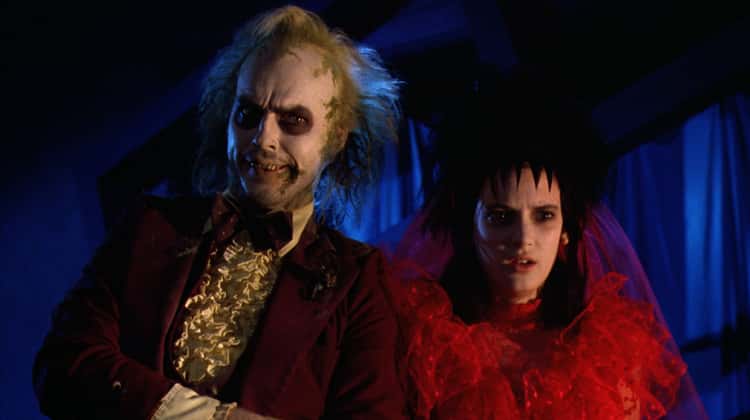
In early versions of the script, Lydia wasn’t an only child in Beetlejuice. She actually had a straight-laced younger sister named Cathy to serve as a foil to Lydia’s goth vibes. It’s weird to read an early draft and see Lydia interacting with this character that never survived the final rewrites.
One of the best scenes with the sisters involves the two of them going to see a “death rocker” in New York City before being splattered in blood.
9. Winona Ryder Was Bullied After Appearing In ‘Beetlejuice’
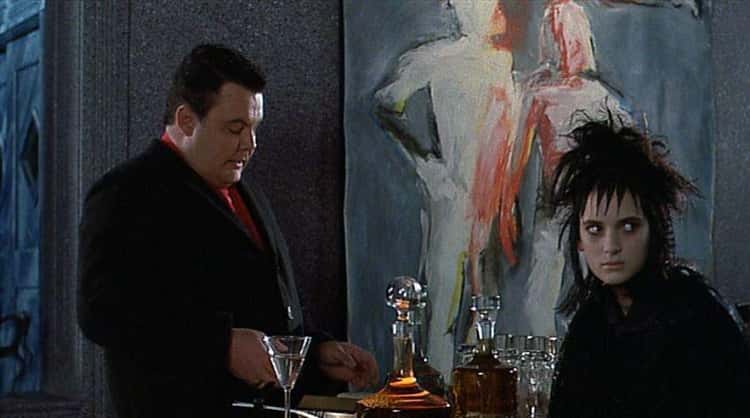
In an interview with Marie Claire, Winona Ryder said that she was bullied at school before her film career, and that she hoped that her appearance in Beetlejuice would make her more popular. Things didn’t work out the way she hoped. Ryder said:
I remember thinking, “Ooh, it’s like the number-one movie. This is going to make things great at school.” But it made things worse. They called me a witch.
10. Most Of The Effects Were Practical
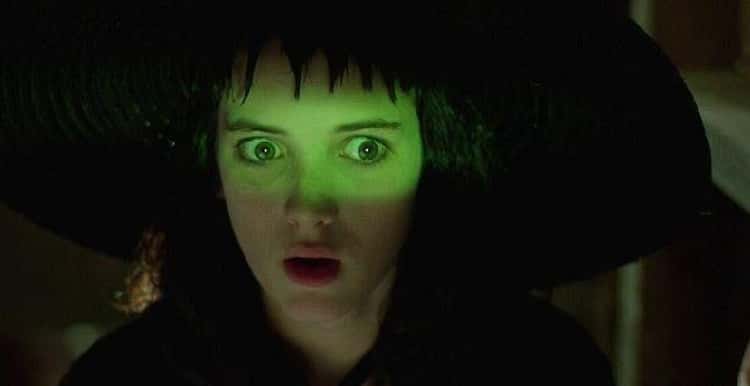
Tim Burton didn’t want to use post-production effects on Beetlejuice if he didn’t have to, so in any scene where an effect needed to happen, the director insisted that the crew figure out how to do it live. Art director Tom Duffield said that they were able to make one of the stars appear to be decapitated by borrowing some equipment from the lighting crew. Duffield told Uproxx:
The scene with Alec Baldwin, where Geena’s standing with his head in her hand, he was just kneeling behind a black show card that was cut around his chin. Look closely, it’s all done on camera. It was real quick cut, but that’s all it was.
11. Michael Keaton Didn’t Get It
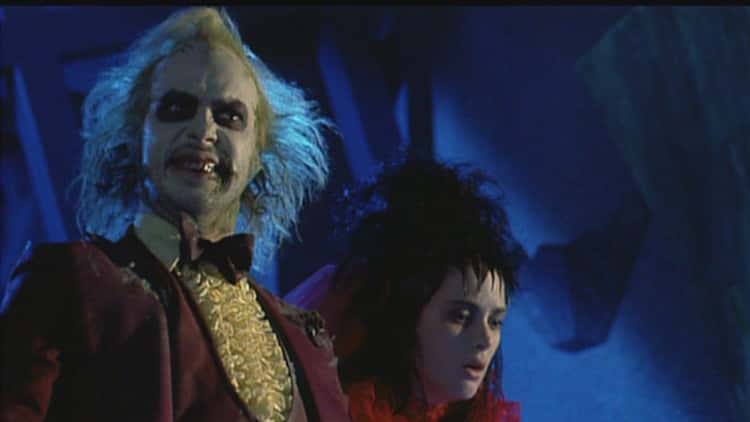
According an interview he gave to Charlie Rose, Michael Keaton just didn’t understand Beetlejuice when Tim Burton pitched it to him. Keaton told Rose that he didn’t understand the concept, but he liked Tim Burton, so he kept taking meetings with the director. “I turned down the role because I didn’t quite get it, and I wasn’t looking to work,” he told Rolling Stone. Keaton said he had a breakthrough when Burton mentioned that Betelgeuse existed across time and space.
Keaton used that detail as the entry point to craft his performance.
12. The Production Team Had To Build A Bridge In Vermont
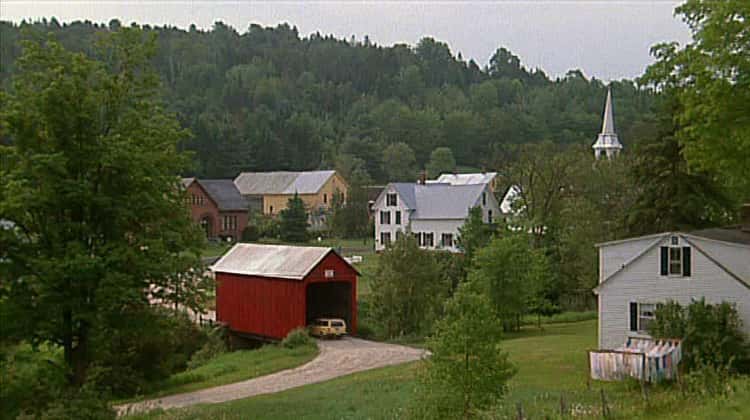
In order to find the type of covered bridge that collapses at the beginning of Beetlejuice, the crew had to drive around Vermont looking for the perfect town and then build a bridge of their own. Once they finished the bridge, they had to build a dam in order to keep their set from washing away. Art director Tom Duffield told Uproxx that the bridge was the biggest headache for the production team:
Physically, the hardest [project] was the bridge. We kept having thunderstorms. We had to build a big dam, and a thunderstorm would come by and blow it all away.
